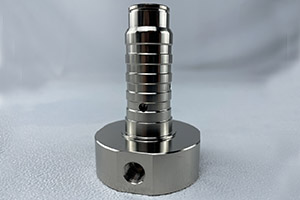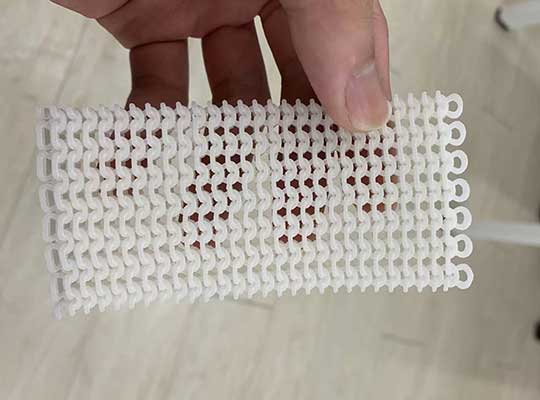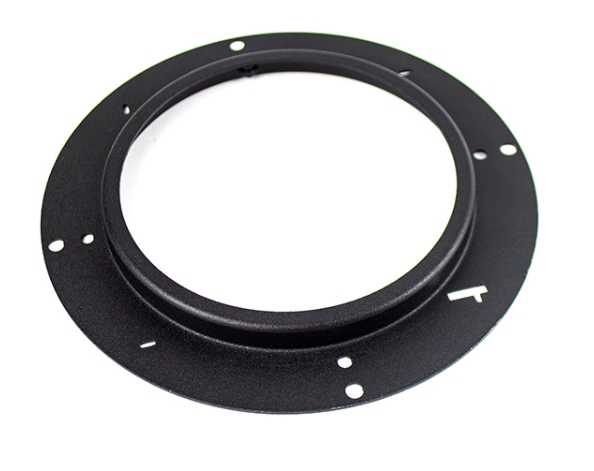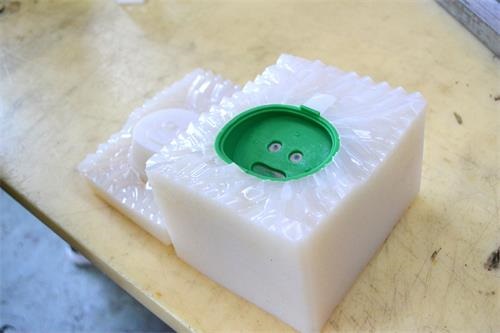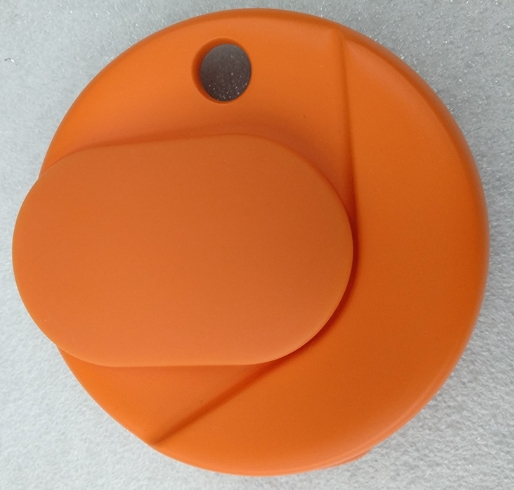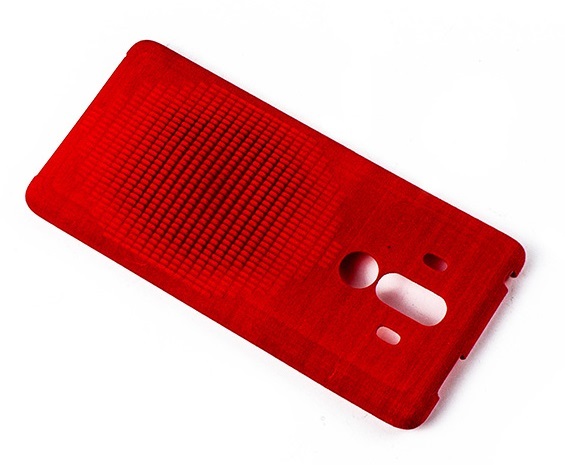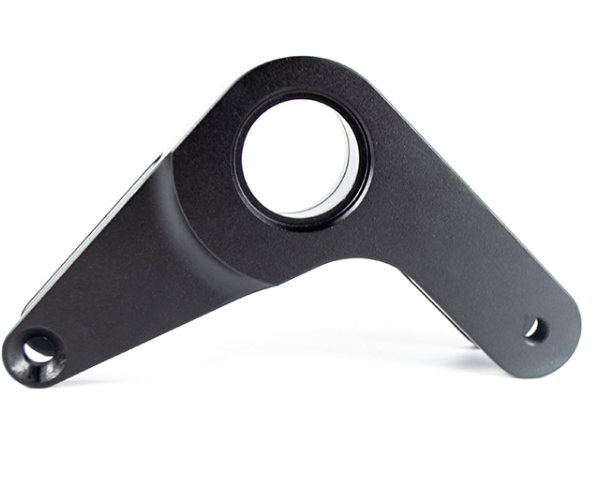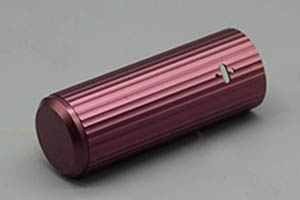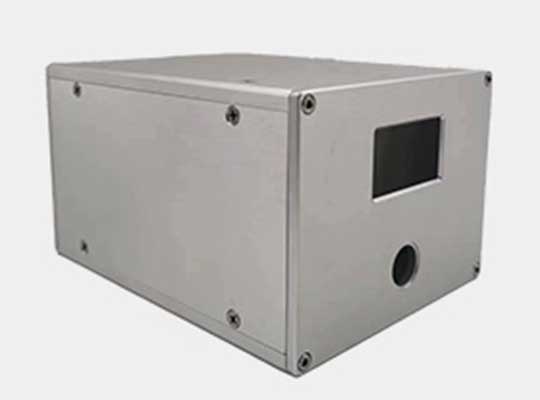في عالم التصنيع, construction, and engineering, aluminum alloys play a vital role. لكن, anyone working with these materials quickly faces a significant challenge: ال diverse naming standards used across different countries and regions. This fragmentation can cause confusion in communication, procurement, and product development. To address this issue, we’ve created a comprehensive guide to aluminum alloy designation systems and their cross-references, helping professionals navigate the global landscape of aluminum alloys with confidence.
Understanding Aluminum Alloy Designation Systems
Aluminum alloys are identified by various systems worldwide, each developed by national or international standardization bodies. These systems evolved based on regional industrial practices, historical traditions, and technical requirements, resulting in different coding methods even for chemically similar alloys. Understanding these systems is the first step toward effective global collaboration in aluminum-related industries.
Key Global Designation Standards
The most widely used aluminum alloy designation systems include:
- DIN (Germany): Developed by Deutsches Institut für Normung eV, using alphanumeric codes reflecting chemical composition
- EN (Europe): European Norms replacing national standards with unified designations for wrought (EN AW) and cast (EN AC) alloys
- ISO: International Organization for Standardization system based on chemical composition
- ANSI/AA (USA): Aluminum Association system using four-digit numeric codes
- BS (Great Britain): British Standards using alphanumeric codes indicating main alloying elements
- AFNOR (France): French system with alphanumeric codes showing elements and percentages
- UNE (Spain): Spanish system similar to AA standards
- UNS: Unified Numbering System popular in the US with letter prefixes and five digits
- JIS (Japan): Japanese Industrial Standards with prefixes and four-digit codes
- CSA (Canada): Canadian system using alphanumeric codes for composition and class
- SIS (Sweden): Swedish four-digit numbering system for main elements and composition
Decoding Major Aluminum Alloy Standards
Each designation system has unique characteristics in how it identifies aluminum alloys, often reflecting the philosophy of its originating organization.
European Standards (EN)
ال EN system was created to standardize materials across Europe, replacing older national standards while maintaining compatibility with them. EN designations for aluminum alloys follow a clear structure:
- Prefix “EN AW” for wrought alloys or “EN AC” for cast alloys
- Four-digit number where the first digit indicates the main alloying element:
- 1xxx: Pure aluminum (99%+)
- 2xxx: Aluminum-copper alloys
- 3xxx: Aluminum-manganese alloys
- 5xxx: Aluminum-magnesium alloys
- 6xxx: Aluminum-magnesium-silicon alloys
- 7xxx: Aluminum-zinc alloys
This logical structure makes EN designations intuitive once you understand the numbering system, facilitating identification of an alloy’s basic composition at a glance.
American Standards (AA/ANSI)
ال AA system developed by the Aluminum Association is widely adopted globally as a reference. Its four-digit numbering provides specific information:
- First digit: Principal alloying element(s)
- Second and third digits: Unique alloy identifier (no intrinsic meaning)
- Fourth digit: Processing indicator (0 for cast, 1-2 for ingot)
This system’s simplicity and consistency have made it a de facto international reference point, with many other standards cross-referencing AA numbers.
ISO Standards
ال ISO system takes a more direct approach by incorporating chemical composition into the designation. ISO designations begin with “آل” followed by the main alloying elements and their approximate percentages, مثل:
- Al99.5 for 99.5% pure aluminum
- AlCu4Mg1 for aluminum with ~4% copper and ~1% magnesium
This scientific approach is particularly useful in technical and research contexts, though less common in commercial transactions.
Practical Cross-Reference Table for Common Alloys
To bridge the gap between different standards, we’ve compiled a cross-reference table for some of the most widely used aluminum alloys across major systems:
| EN Designation | AA (USA) | DIN (Germany) | JIS (Japan) | UNS | ISO Designation |
| EN AW-1050A | AA1050A | 3.0255 | A1050 | A91050 | Al99,5 |
| EN AW-1070A | AA1070A | 3.0275 | A1070 | A91070 | Al99,7 |
| EN AW-1200 | AA1200 | 3.0205 | A1200 | A91200 | Al99 |
| EN AW-2024 | AA2024 | 3.1355 | A2024 | A92024 | Al-Cu4Mg1 |
| EN AW-3003 | AA3003 | 3.0517 | A3003 | A93003 | Al-Mn1Cu |
| و AW-5052 | AA5052 | 3.3523 | A5052 | A95052 | Al-Mg2,5 |
| EN AW-6061 | AA6061 | 3.3211 | A6061 | A96061 | Al-Mg1SiCu |
| EN AW-6082 | AA6082 | 3.2315 | – | A96082 | Al-Si1Mg |
| EN AW-7075 | AA7075 | 3.4365 | A7075 | A97075 | Al-Zn6MgCu |
This table represents just a fraction of commonly used alloys, but illustrates the consistency (and occasional inconsistencies) between different systems.
Regional Variations and Special Cases
While many alloys have direct equivalents across standards, some regional variations exist that reflect local industrial needs and historical development.
Asian Standards
Japanese JIS standards closely parallel the AA system but include additional designations for locally developed alloys optimized for specific applications in electronics and automotive manufacturing. Chinese standards, while not covered in the original data, often reference both EN and AA numbers while maintaining their own “LY” و “LD” series for specific industrial alloys.
European Specialties
Within Europe, while EN standards provide unity, some countries maintain legacy designations alongside EN numbers. Germany’s DIN standards, على سبيل المثال, continue to be used in many technical documents despite official EN adoption, creating a dual-reference system in many industries.
North American Practices
The US and Canada maintain closely aligned standards through the AA and CSA systems, with most commercial alloys having direct equivalents. The UNS system provides additional cross-referencing by assigning unique five-digit numbers prefixed with “أ” for all aluminum alloys, creating a universal indexing system across North American standards.
Practical Applications: Why Cross-Reference Matters
Understanding alloy designations and their cross-references has tangible benefits across industries:
- Procurement: Ensures correct material sourcing regardless of supplier’s regional origin
- ضبط الجودة: Verifies material consistency across international supply chains
- Engineering Design: Enables accurate material selection using global data sheets
- Compliance: Meets regulatory requirements for material traceability across borders
- Cost Optimization: Identifies equivalent local alloys that may reduce import costs
In industries like aerospace and automotive manufacturing, where material specifications are critical, accurate cross-referencing prevents costly mistakes and ensures safety and performance standards are met.
منظور Yigu Technology
في Yigu Technology, we recognize that navigating global aluminum alloy standards is essential for modern manufacturing. The diversity of designation systems reflects the global nature of aluminum applications, from construction to high-tech industries. By providing clear cross-references and educational resources, we empower engineers, purchasers, and manufacturers to make informed decisions, streamline supply chains, and ensure material consistency across international operations. Accurate alloy identification remains foundational to quality and innovation in aluminum-based industries worldwide.
الأسئلة المتداولة
س 1: Why are there so many different aluminum alloy designation systems?
A1: The variety of systems developed from regional industrial practices, historical development, and specific technical requirements. As global trade expanded, cross-referencing became necessary to maintain compatibility between these legacy systems.
Q2: Is there a “best” system to use for international projects?
A2: For most international projects, referencing AA (Aluminum Association) numbers provides the widest recognition. Supplementing with EN designations is recommended for European markets, while ISO chemical designations help ensure technical clarity.
س 3: Can I assume direct equivalence between alloys with similar designations?
A3: While many alloys have direct equivalents, minor differences in composition can exist between nominally equivalent alloys from different systems. Always verify chemical composition and mechanical properties when substituting alloys across standards.
